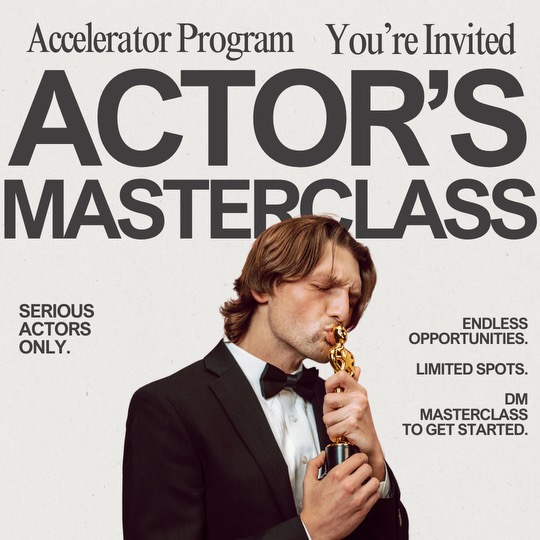Film Industry
Weinstein Backs Baldoni in Legal Dispute
Harvey Weinstein, the disgraced former Hollywood producer serving prison sentences for sexual assault convictions, has publicly voiced support for actor-director Justin Baldoni in his ongoing $250 million defamation lawsuit against The New York Times and actress Blake Lively. Weinstein, currently incarcerated at New York’s Rikers Island ahead of a retrial for his overturned 2020 conviction, drew parallels between Baldoni’s case and his own 2017 media exposé, claiming The Times “cherry-picked” evidence to fit predetermined narratives in both instances.

The Allegations
The dispute stems from a December 2024 Times article titled “We Can Bury Anyone,” which detailed alleged efforts by Baldoni’s PR team to discredit Lively during a conflict over the film It Ends With Us, which Baldoni directed. The report cited text messages suggesting a coordinated smear campaign, which Baldoni claims were misrepresented and stripped of context. In his lawsuit, Baldoni accuses the publication of colluding with Lively to publish a “false and defamatory narrative” as a “vehicle for her vengeance”.
Legal Developments
A March 2025 court ruling signaled potential dismissal of The Times from the case, with U.S. District Judge Lewis Liman stating the publication presented “substantial grounds” for dismissal and a “strong likelihood” of prevailing on First Amendment grounds. Despite this, Baldoni expanded his lawsuit to $400 million, naming Lively, her husband Ryan Reynolds, and her publicist as co-defendants, alleging extortion and retaliatory tactics.
Weinstein’s Role
Weinstein, whose 2017 Times exposé catalyzed the #MeToo movement, told TMZ that Baldoni’s legal action “hit me hard,” likening it to his own experience of “selective” reporting. He added, “I should have stood up and fought back then. That regret still haunts me”. The Times defended its reporting, stating its Weinstein coverage was “rigorously reported” and based on documented evidence, while emphasizing Weinstein’s past admissions of misconduct.
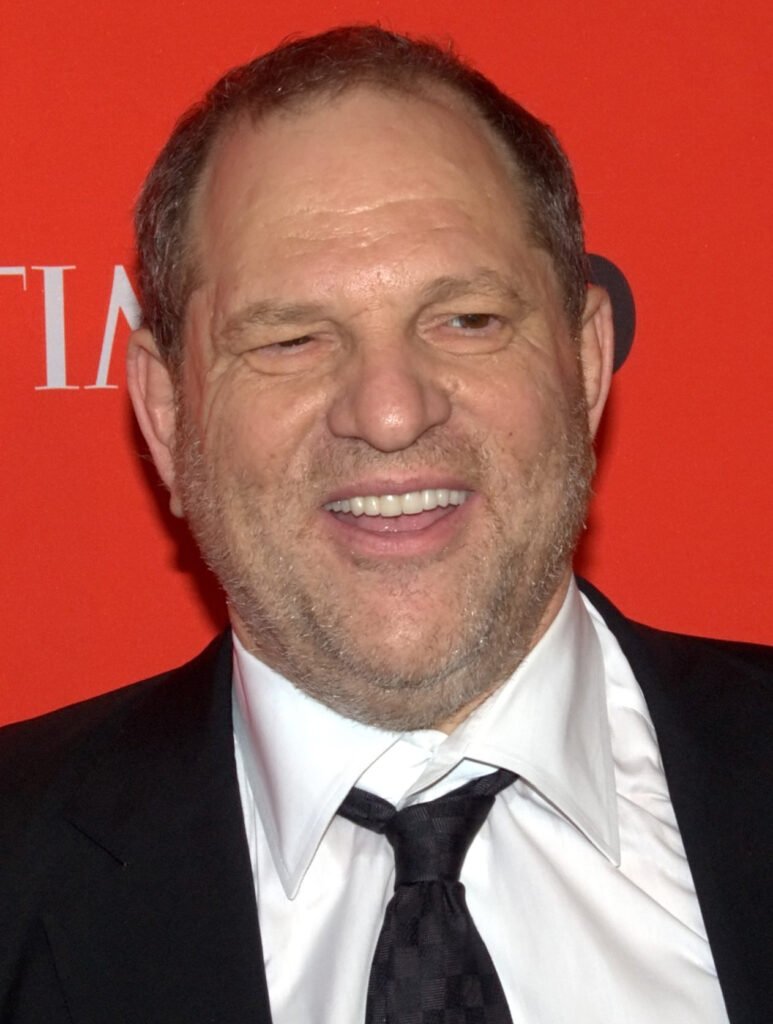
Counterclaims
Lively has countersued Baldoni, accusing him of fostering an uncomfortable environment for women on set and engaging in retaliatory behavior. Her legal team denies the allegations of collusion, calling Baldoni’s lawsuit a “punitive” attempt to silence critics.

Bolanle Media covers a wide range of topics, including film, technology, and culture. Our team creates easy-to-understand articles and news pieces that keep readers informed about the latest trends and events. If you’re looking for press coverage or want to share your story with a wider audience, we’d love to hear from you! Contact us today to discuss how we can help bring your news to life
Advice
10 Lessons from the Top Film Editors

The art of film editing is a complex craft that combines technical skill, creative vision, and collaborative spirit. Top film editors have shared valuable insights that not only illuminate their process but also offer lessons for storytellers across various mediums.
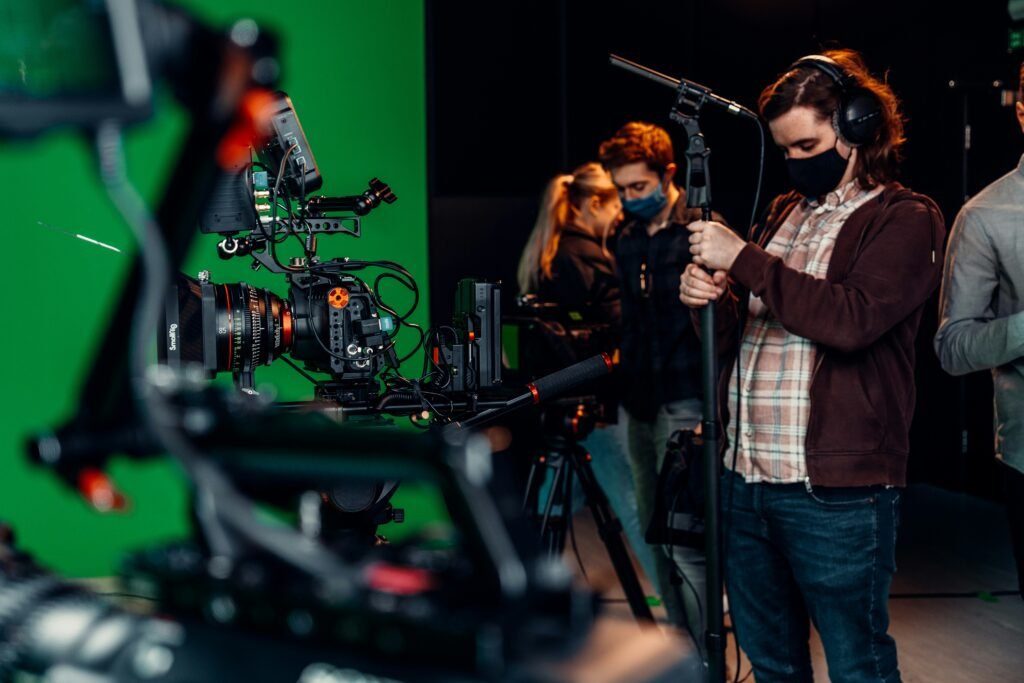
One key lesson is the importance of embracing diverse opportunities. Experienced editors emphasize the value of working on various genres to enrich one’s skillset and create unique content. This breadth of experience allows editors to bring fresh perspectives to each project they undertake.
Thoroughness is another crucial aspect of the editing process. Rather than rushing through the material, top editors prioritize exploring all possibilities and trying multiple versions. This meticulous approach often leads to discovering unexpected gems within the footage.
Designing the pace of a film is a critical skill that goes beyond simply mimicking the on-set rhythm. Skilled editors create their own flow for each scene, crafting a rhythm that serves the story and engages the audience. This ability to shape the tempo of a film is what often distinguishes great editors from good ones.
Interestingly, many experienced editors advocate for leaving room for ambiguity in their work. By not solving every problem or explaining every detail, they allow the audience to participate in the creation process, making the viewing experience more engaging and personal.
Finding the right frame to cut away from a scene is a crucial rhythmic decision that can significantly impact the viewer’s experience. Top editors stress the importance of determining the exact moment to transition, as it can affect the emotional resonance of a scene.
Editors also emphasize the importance of taking on the role of the audience. By ensuring viewers can see, taste, and feel the film through their editing choices, they create a more immersive experience. This approach often involves looking for human moments – authentic, unscripted instances that connect viewers to the story and characters.
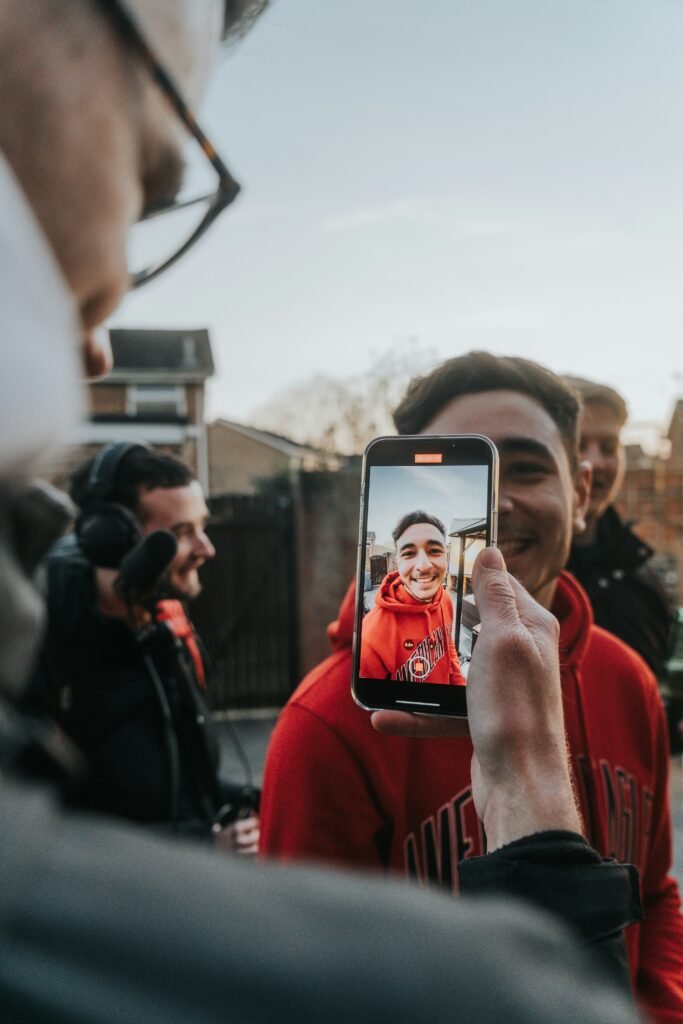
Flexibility is another key trait of successful editors. Many advise against being bound by the script, allowing the film to evolve during the editing process. This adaptability can lead to better results as the editor responds to the actual footage rather than preconceived notions.
Careful observation is crucial in the editing process. Top editors stress the importance of watching all footage attentively, making notes of impactful moments without relying solely on storyboards or scripts. This thorough approach ensures that no potential gem is overlooked.
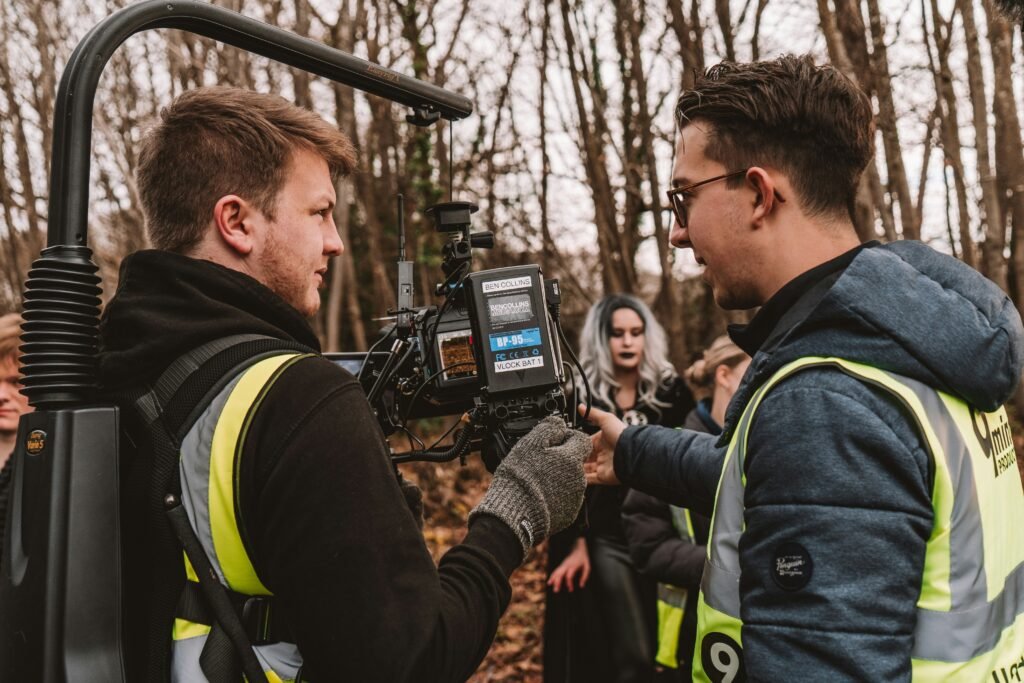
Finally, developing strong social skills is essential in the collaborative world of film editing. Recognizing that editing involves effective communication with directors and other team members, top editors emphasize the importance of being able to articulate ideas clearly and work well with others.
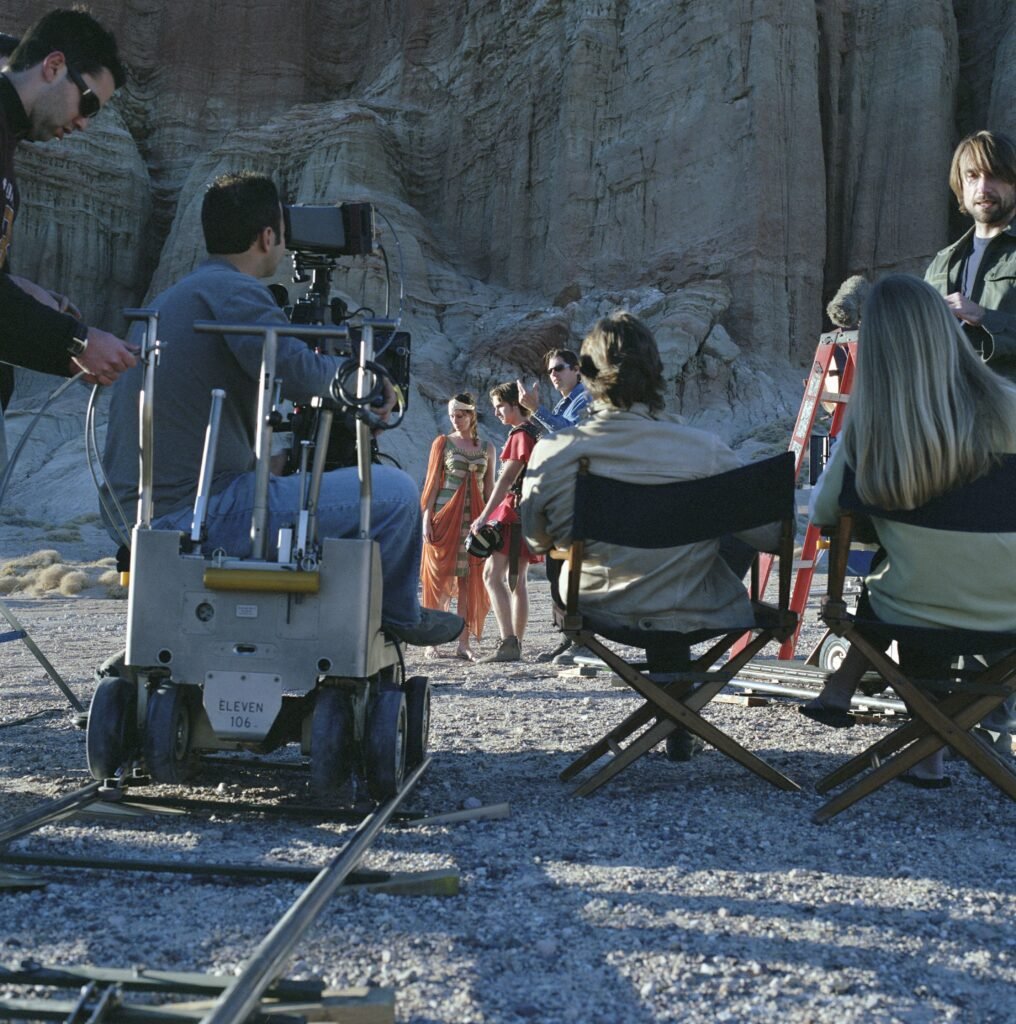
These lessons from experienced film editors underscore the multifaceted nature of the craft. They highlight the importance of creativity, attention to detail, and understanding the audience’s perspective in creating compelling cinematic experiences.
Bolanle Media is excited to announce our partnership with The Newbie Film Academy to offer comprehensive courses designed specifically for aspiring screenwriters. Whether you’re just starting out or looking to enhance your skills, our resources will provide you with the tools and knowledge needed to succeed in the competitive world of screenwriting. Join us today to unlock your creative potential and take your first steps toward crafting compelling stories that resonate with audiences. Let’s turn your ideas into impactful scripts together!
Advice
Why So Many Filmmakers Fail (And How to Avoid Their Fate)
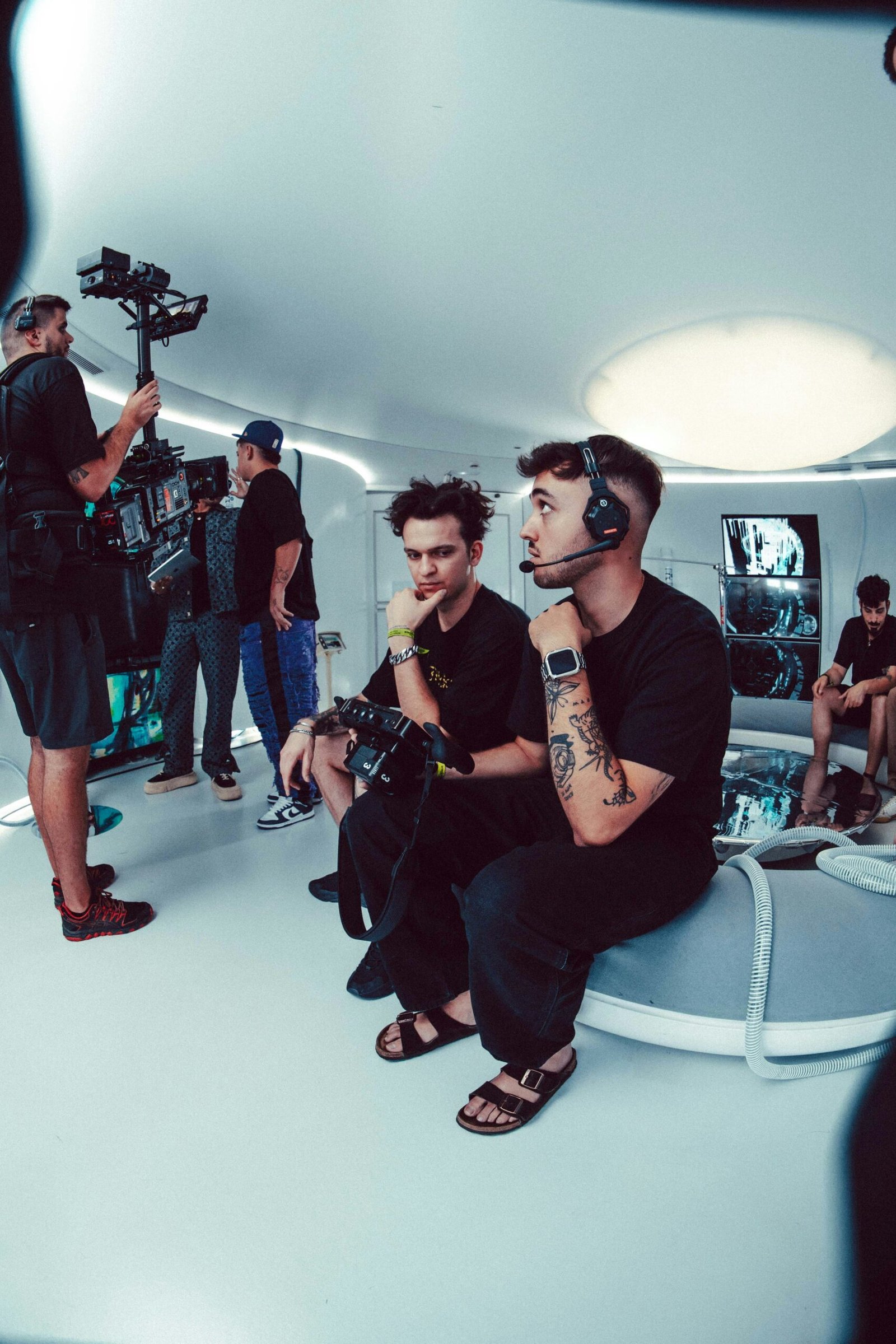
You dream of making movies. Of telling stories that captivate audiences, spark emotions, and maybe even change the world. You see yourself on set, calling the shots, a creative force to be reckoned with.
But the reality is harsh: most filmmakers don’t make it. They burn bright for a few years, then fade away, defeated by the industry’s challenges. They end up doing something else, always wondering “what if?”
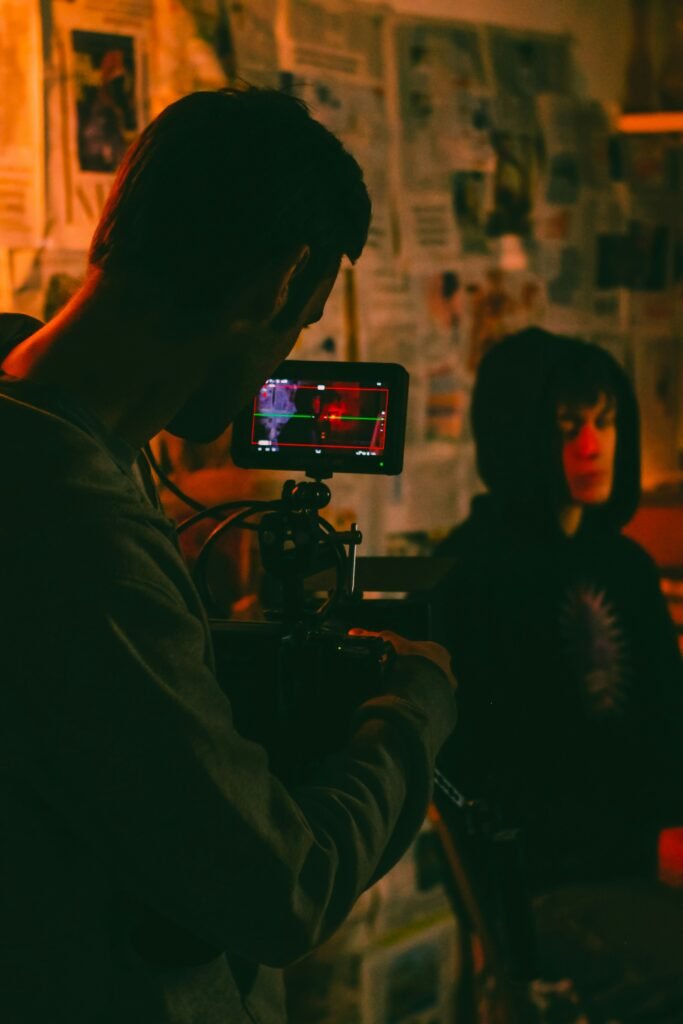
Why does this happen? What separates those who thrive from those who crash and burn? Having spent over 25 years navigating the film industry, I’ve seen countless talented people come and go. Here are the top reasons why filmmakers fail – and, more importantly, how you can beat the odds.
1. Burning Bridges Instead of Building Networks
- Thinking they know more than they do: Arrogance is a killer. Be humble, be open to learning, and listen to those with experience.
- Under-delivering and over-promising: Don’t make promises you can’t keep. It’s better to exceed expectations than to disappoint.
- Being difficult to work with: Nobody wants to hire someone who creates drama or is a pain to be around.
The Solution: Be the person everyone wants to work with. Be reliable, respectful, and solution-oriented. Build genuine relationships. People should be excited when you’re on set, not dreading your presence.
2. Not Understanding What Filmmaking Really Is
This is a big one. Many filmmakers approach projects with the wrong mindset. They think their job is to create a film that meets their standards of “good.” That’s a recipe for disaster.
Filmmaking, especially when you’re being paid, is a service. Your job is to create a tool that achieves a specific objective for your client. Does the film need to:
- Make the client look good?
- Sell a product?
- Educate an audience?
If you don’t understand the core purpose of the film, you’re flying blind. You might create something beautiful, but if it doesn’t achieve its intended goal, you’ve failed.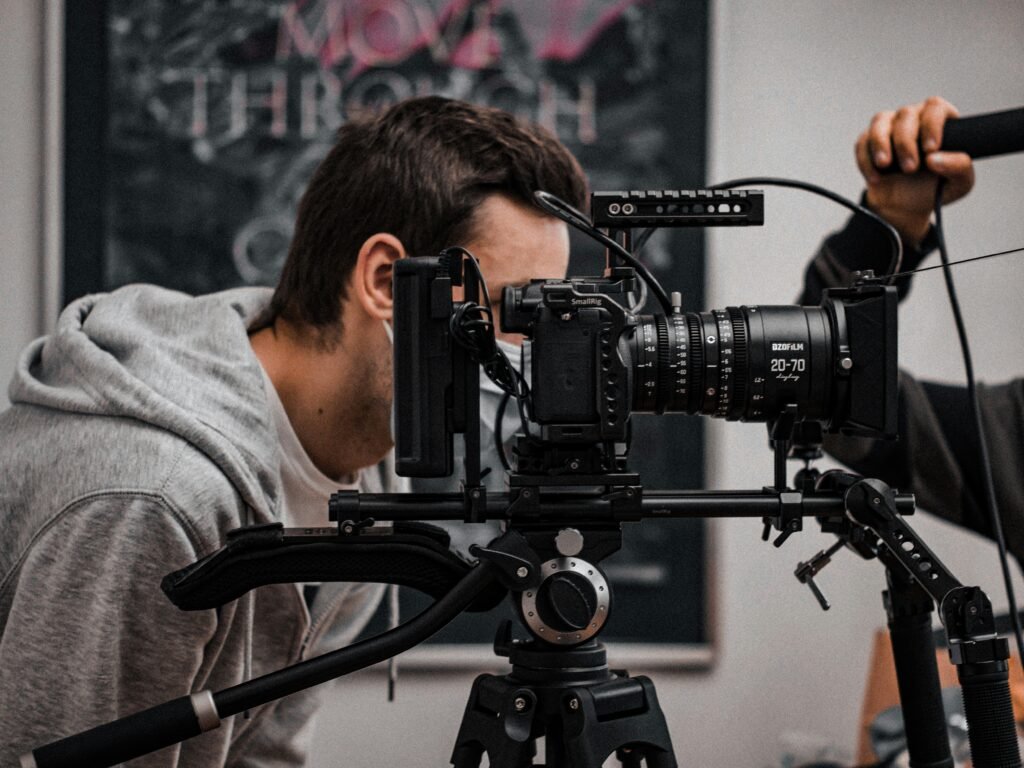
The Solution: Ask questions. Understand the client’s needs. Focus on creating a film that works, not just a film that looks pretty. Don’t overwhelm clients with film jargon or try to force your artistic vision on them without understanding their objectives.
The Bottom Line
The film industry is tough, but success is possible. By building strong networks and understanding the true purpose of filmmaking, you can avoid the common pitfalls that lead to failure and build a fulfilling, sustainable career.

Bolanle Media covers a wide range of topics, including film, technology, and culture. Our team creates easy-to-understand articles and news pieces that keep readers informed about the latest trends and events. If you’re looking for press coverage or want to share your story with a wider audience, we’d love to hear from you! Contact us today to discuss how we can help bring your news to life
Advice
What SXSW 2025 Filmmakers Want Every New Director to Know

Bolanle Media Press Room
FOR IMMEDIATE RELEASE
June 24, 2025
Hard-won wisdom from the industry’s freshest voices on craft, setbacks, and surviving the indie grind
AUSTIN, TX — At the 2025 SXSW Film Festival, a strong theme emerged beyond the red carpets and screenings: how to survive and thrive as an emerging filmmaker in a post-streaming, high-stakes creative economy. In a standout report by No Film School, several SXSW-selected directors, cinematographers, and producers shared practical, candid advice they wish they’d heard at the start of their careers.
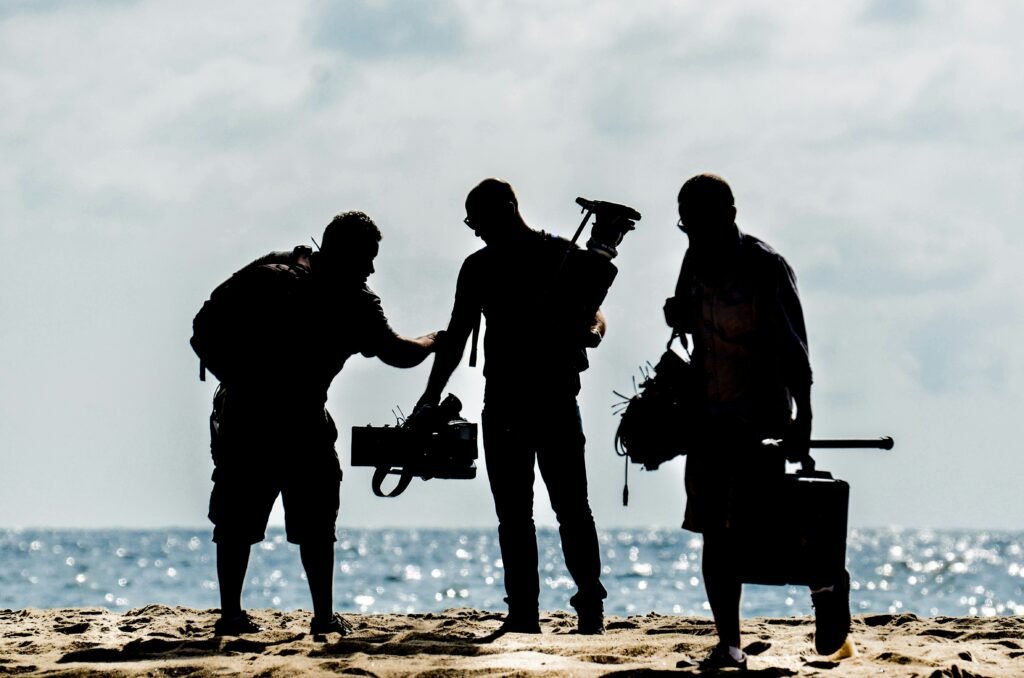
For filmmakers still defining their voice—or just trying to get their first film finished—this collective guidance reads like a survival manual for the new wave of cinema.
1. Break the Script Down — and Then Break It Down Again
Filmmakers stressed that your script isn’t finished when you type “FADE OUT.” The real work begins when you start excavating it. According to one SXSW feature director, the key is asking:
“What is this moment really about? What’s unspoken between these lines?”
Several teams revealed that they build their visual language by creating separate shot lists—one from the director, one from the DP—then reconciling the two. This ensures every frame has intention, and every camera move serves character, not just aesthetics.
“We don’t do style for style’s sake. If the camera moves, it’s because the character moved emotionally.”
This level of script-to-camera discipline became a recurring theme: Start with clarity. Serve the story. Strip everything else away.
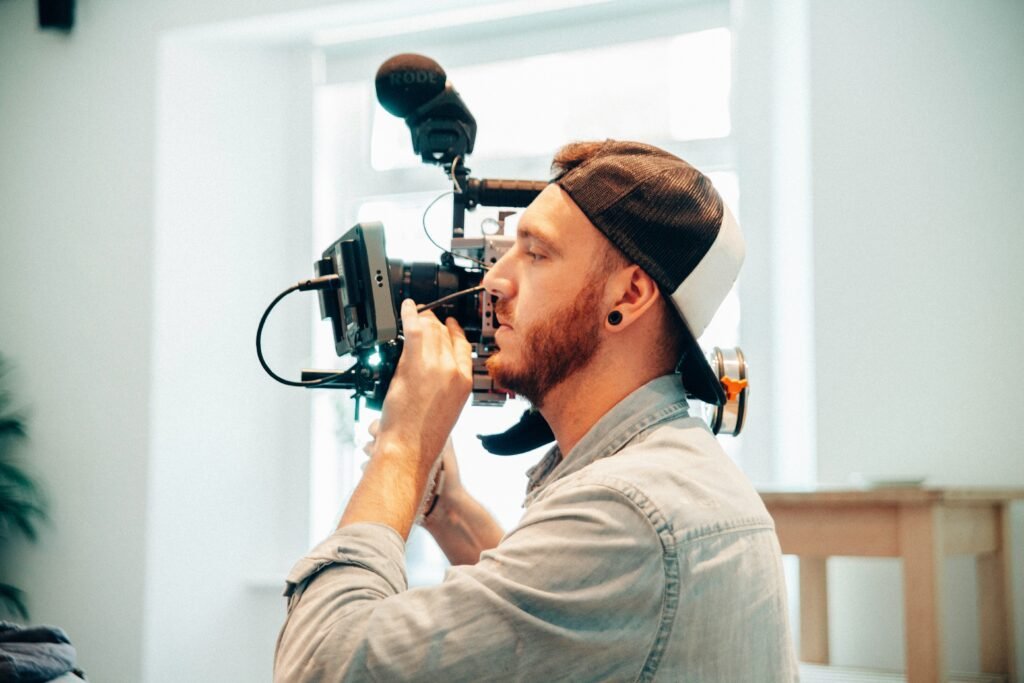
2. Patience Is a Skill — Not a Virtue
One of the most universally echoed lessons? Slow down.
Shaandiin Tome, a cinematographer whose work screened in the SXSW Visionary Shorts section, said the biggest threat to young filmmakers is impatience disguised as momentum.
“You think if your film doesn’t hit this year, or this month, you’ve failed. But filmmaking is a long road. Every rejection is part of your creative muscle memory.”
Others pointed out that rushing through production to meet deadlines often results in burnout, weak visuals, and compromised stories. Success, they reminded us, often comes years after your first great idea. You have to build a body of work, not just a one-hit dream.
3. Get Scrappy and Stay Creative — Especially When You’re Broke
Multiple filmmakers shared stories of how tight budgets pushed them toward more inventive filmmaking—not less.
One Brooklyn-based team filming in August recalled renting air conditioners from Home Depot during a brutal heatwave and returning them after the shoot. Another borrowed blackout curtains from a hotel lobby they’d never stayed at—just to block sun on a reflective apartment wall.
“You have to think like a production designer and a hustler at the same time,” one SXSW short film director joked.
“There’s no shame in figuring it out with duct tape and a dolly cart.”
The lesson? Resourcefulness is not amateur. It’s a badge of honor. It’s often the very thing that earns your team’s loyalty and your film’s authenticity.

4. Submitting to Festivals Is an Artform, Not a Lottery
Katie Bignell, an SXSW alum and producer with multiple streaming distribution deals, offered a frank breakdown of festival submissions that many first-timers overlook:
- Budget at least \$1,500–\$2,000 strictly for submissions
- Prioritize fit over fame — a regional or genre-specific festival may give you more attention than a crowded international one
- Understand premiere requirements — some festivals require world or state premieres, while others reject films already available online
- Write a tight, sincere cover letter — make clear why your film belongs at their festival, and highlight anything unique about your cast, production, or vision
“Festivals want to champion artists they can market, believe in, and support. Don’t just submit. Introduce yourself.”
5. This Work Doesn’t Love You Back — But the Story Will
Perhaps the most resonant quote from the article came from an anonymous filmmaker, who summed up the emotional seesaw of indie filmmaking with this:
“This industry doesn’t love you. Awards don’t love you. Distribution doesn’t love you. But the work—the story you’re telling—that’s where you’ll find loyalty.”
For many SXSW artists, it’s not just about making films—it’s about making peace with the chaos, while staying in love with the craft. That’s what sustains you through delayed shoots, shelved projects, and festivals that ghost you.

Final Thoughts
SXSW 2025 reminded us that while filmmaking technology is more accessible than ever, the craft—and the grind—remain as demanding as they’ve ever been.
Success isn’t built in a weekend shoot. It’s built in every choice you make to learn, adapt, collaborate, and keep going—even when no one’s watching yet.
Stay in the loop with Bolanle Media’s filmmaker coverage, festival reporting, and storytelling insight:
Instagram | YouTube — @BolanleMedia
© 2025 Bolanle Media. All rights reserved.

 Advice1 week ago
Advice1 week agoWhat SXSW 2025 Filmmakers Want Every New Director to Know

 Film Industry2 weeks ago
Film Industry2 weeks agoFilming Yourself and Look Cinematic

 Politics3 weeks ago
Politics3 weeks agoBolanle Newsroom Brief: Israel Strikes Iran’s Nuclear Sites — What It Means for the World

 News5 days ago
News5 days agoFather Leaps Overboard to Save Daughter on Disney Dream Cruise

 Advice1 week ago
Advice1 week agoWhy 20% of Us Are Always Late

 Health4 days ago
Health4 days agoMcCullough Alleges Government Hid COVID Vaccine Side Effects

 Entertainment3 weeks ago
Entertainment3 weeks agoThe Hidden Reality Behind Victoria’s Secret

 Advice1 week ago
Advice1 week agoHow to Find Your Voice as a Filmmaker

















